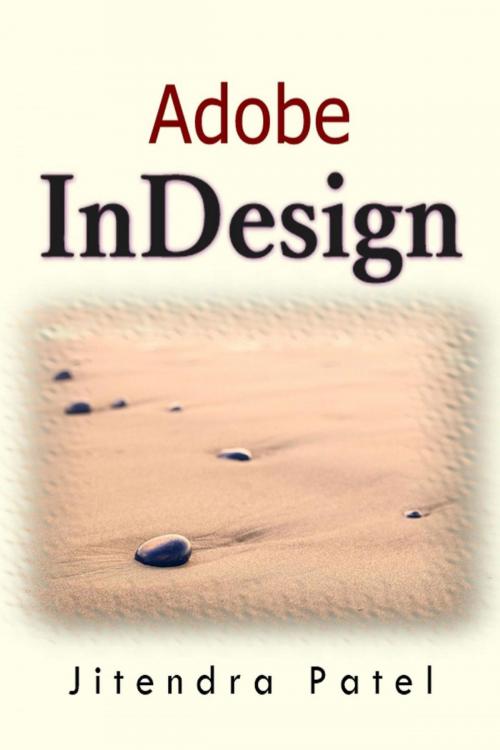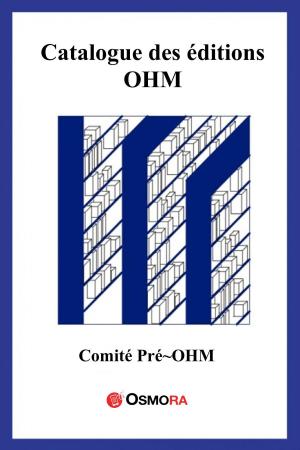| Author: | Jitendra Patel, Jitendra Patel | ISBN: | 9782765916208 |
| Publisher: | Osmora Inc. | Publication: | July 25, 2015 |
| Imprint: | Osmora Inc. | Language: | English |
| Author: | Jitendra Patel, Jitendra Patel |
| ISBN: | 9782765916208 |
| Publisher: | Osmora Inc. |
| Publication: | July 25, 2015 |
| Imprint: | Osmora Inc. |
| Language: | English |
InDesign was positioned as a high-end alternative and successor to Adobe's own PageMaker. InDesign's primary adopters are designers of periodical publications, posters, and other print media; longer documents still are designed with FrameMaker (manuals and technical documents) or withQuarkXPress (books, catalogs). The combination of a relational database, InDesign and Adobe InCopy word processor, which uses the same formatting engine as InDesign, is the heart of dozens of publishing systems for newspapers, magazines, and other publishing environments.
Adobe developed InDesign as a universal binary for native Intel and PowerPC Mac compatibility, shipping InDesign CS3 in April 2007. The CS2 Mac version has code tightly integrated with the PPC architecture, and not natively compatible with the Intel processors in Apple's new machines. Porting these products was therefore a huge endeavor. Adobe decided to devote all its resources to developing CS3, integrating Macromedia products acquired in 2005, rather than recompiling CS2 and simultaneously developing CS3.
InDesign was positioned as a high-end alternative and successor to Adobe's own PageMaker. InDesign's primary adopters are designers of periodical publications, posters, and other print media; longer documents still are designed with FrameMaker (manuals and technical documents) or withQuarkXPress (books, catalogs). The combination of a relational database, InDesign and Adobe InCopy word processor, which uses the same formatting engine as InDesign, is the heart of dozens of publishing systems for newspapers, magazines, and other publishing environments.
Adobe developed InDesign as a universal binary for native Intel and PowerPC Mac compatibility, shipping InDesign CS3 in April 2007. The CS2 Mac version has code tightly integrated with the PPC architecture, and not natively compatible with the Intel processors in Apple's new machines. Porting these products was therefore a huge endeavor. Adobe decided to devote all its resources to developing CS3, integrating Macromedia products acquired in 2005, rather than recompiling CS2 and simultaneously developing CS3.















